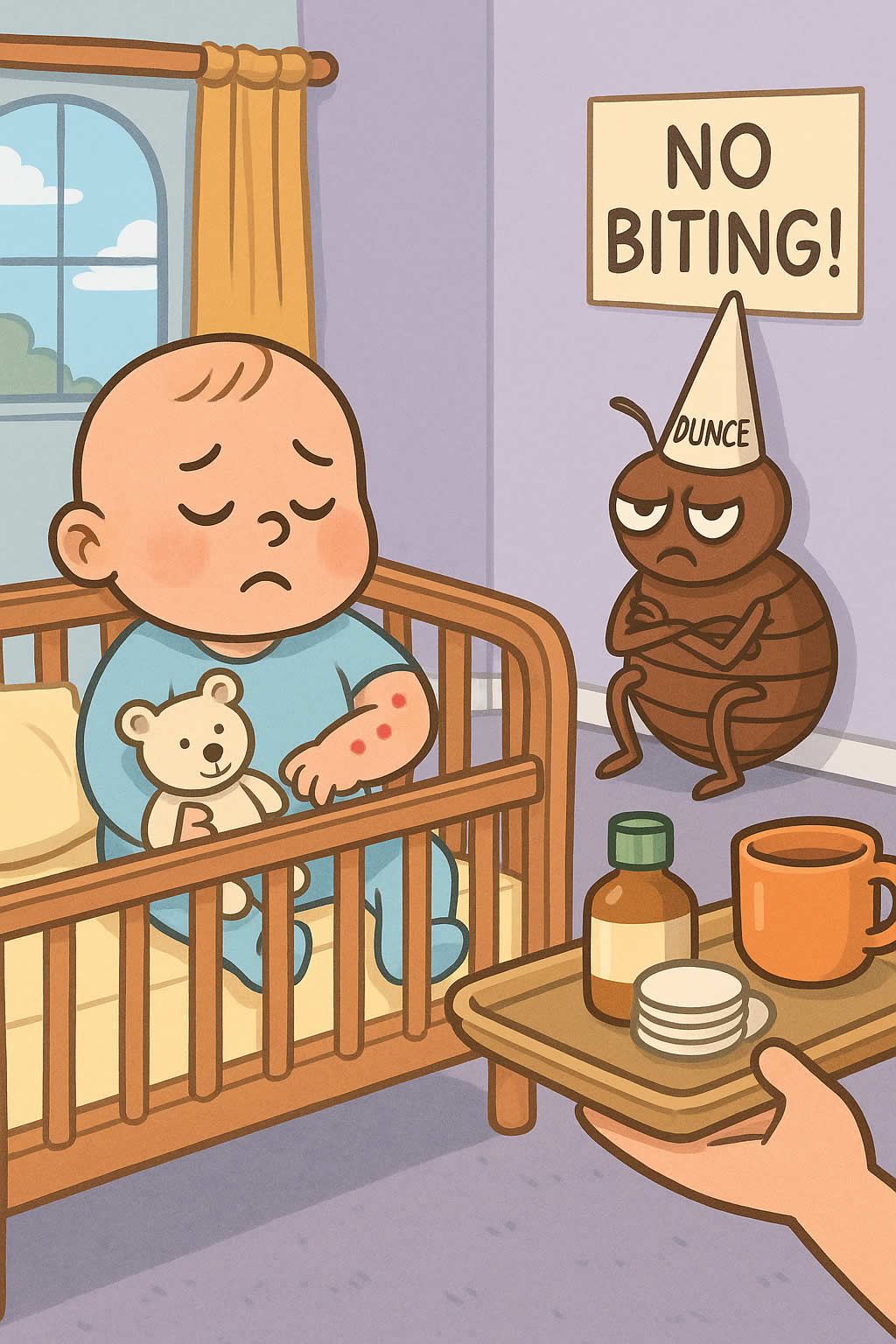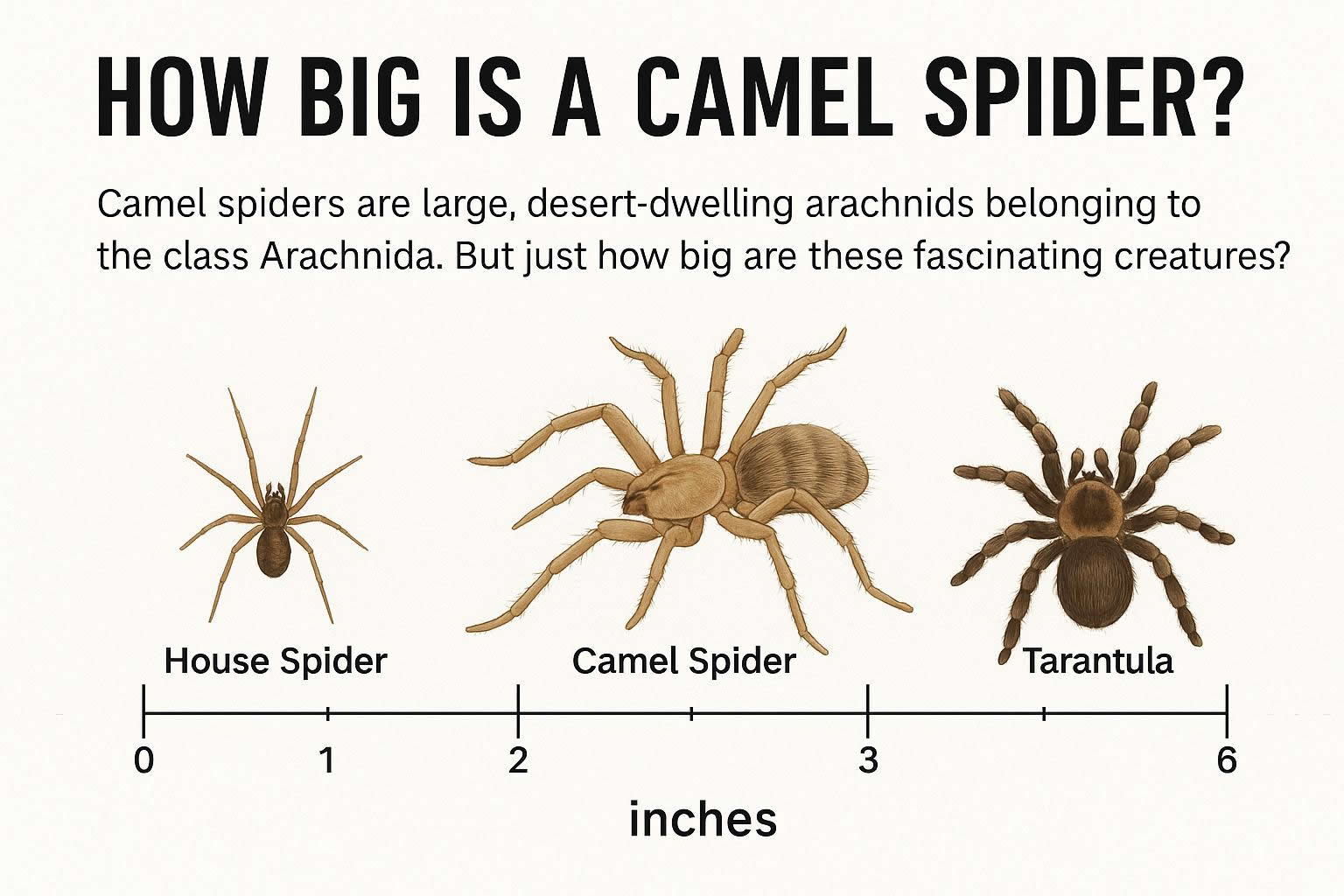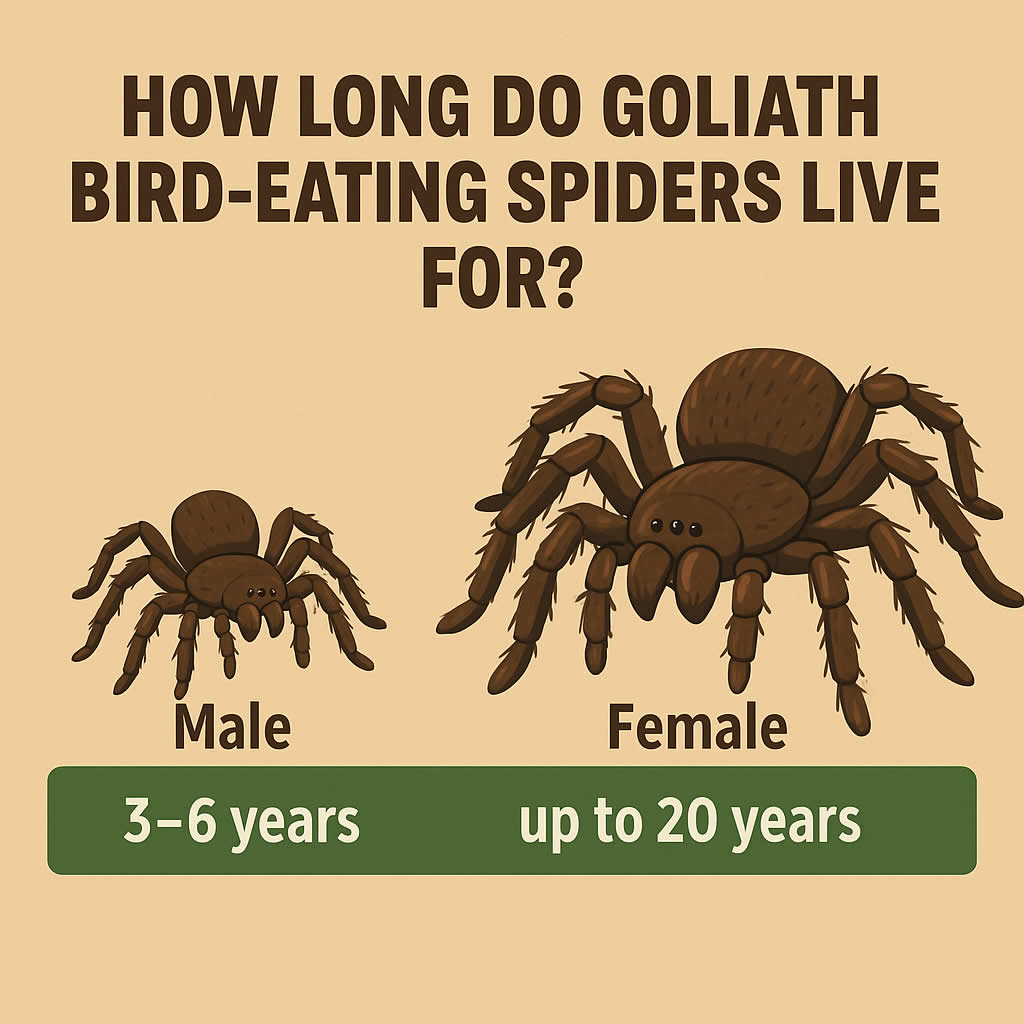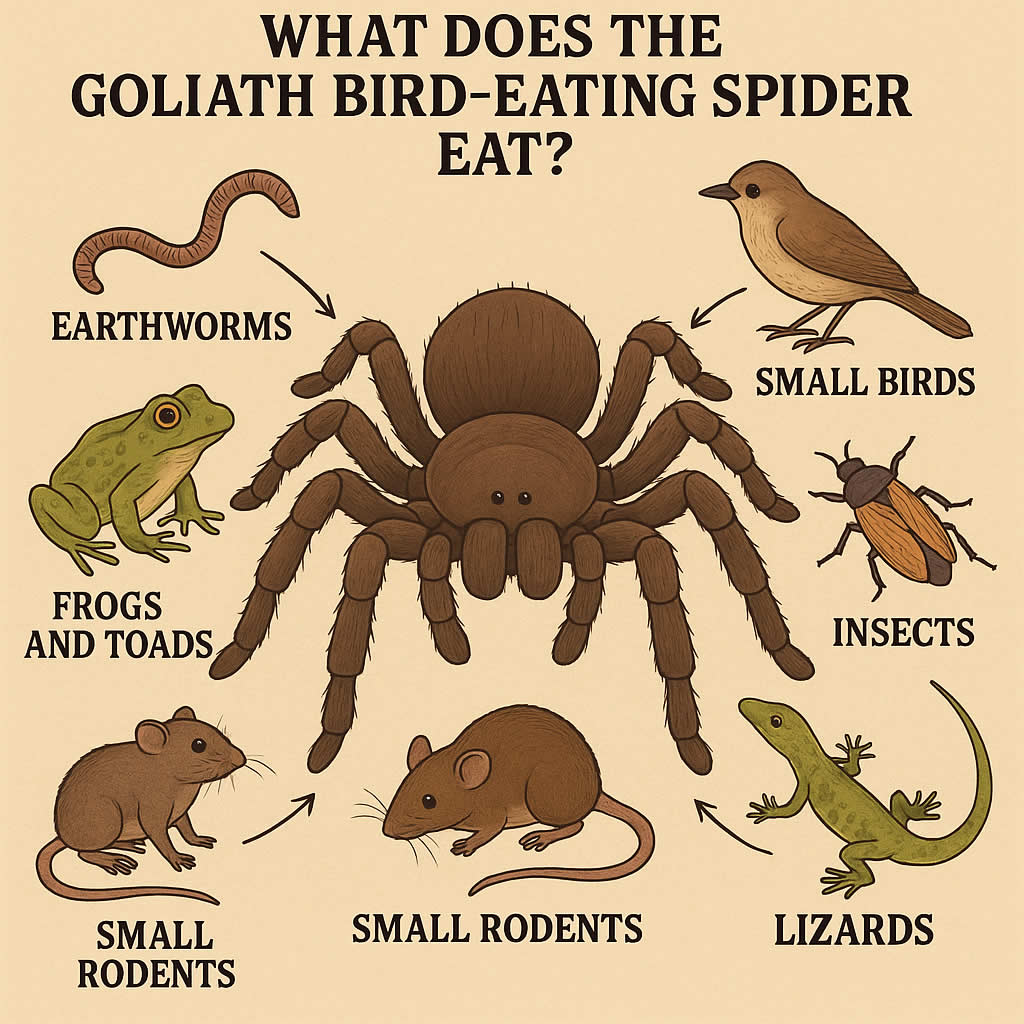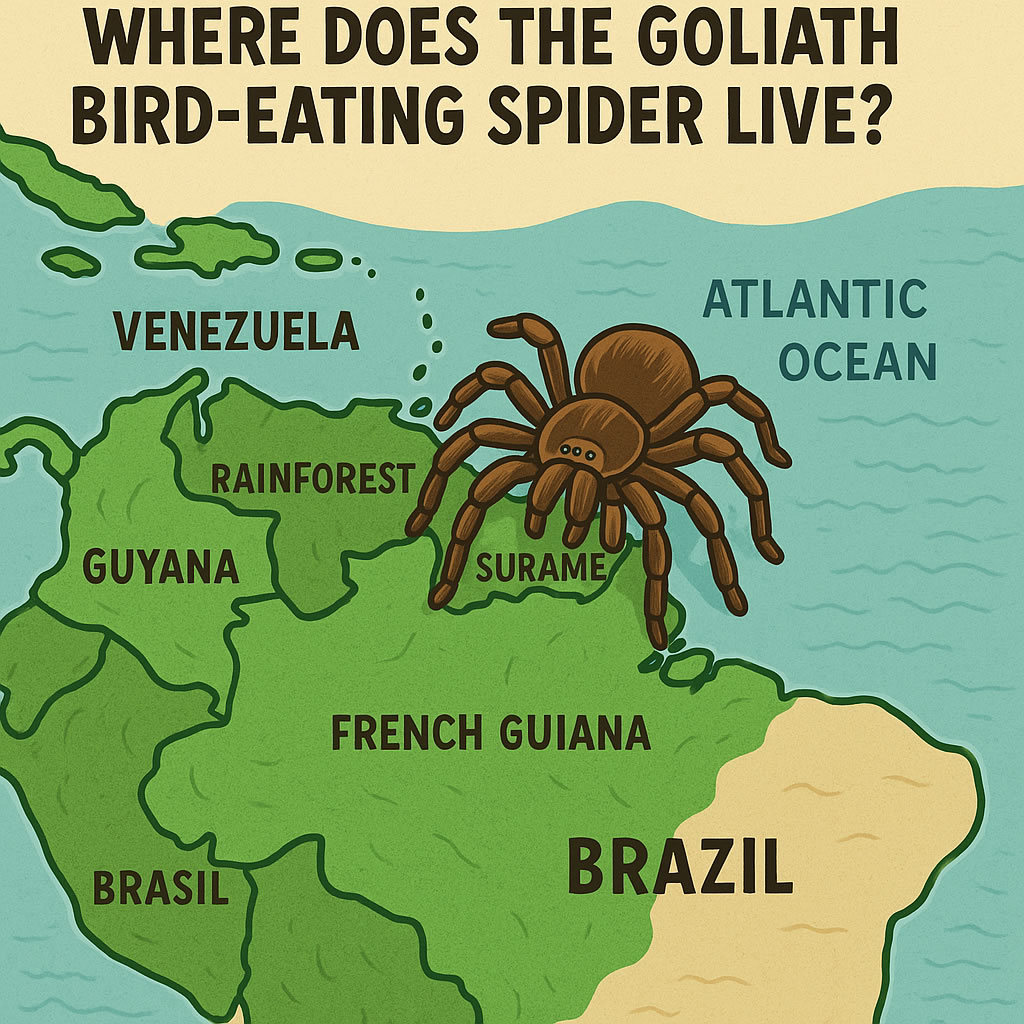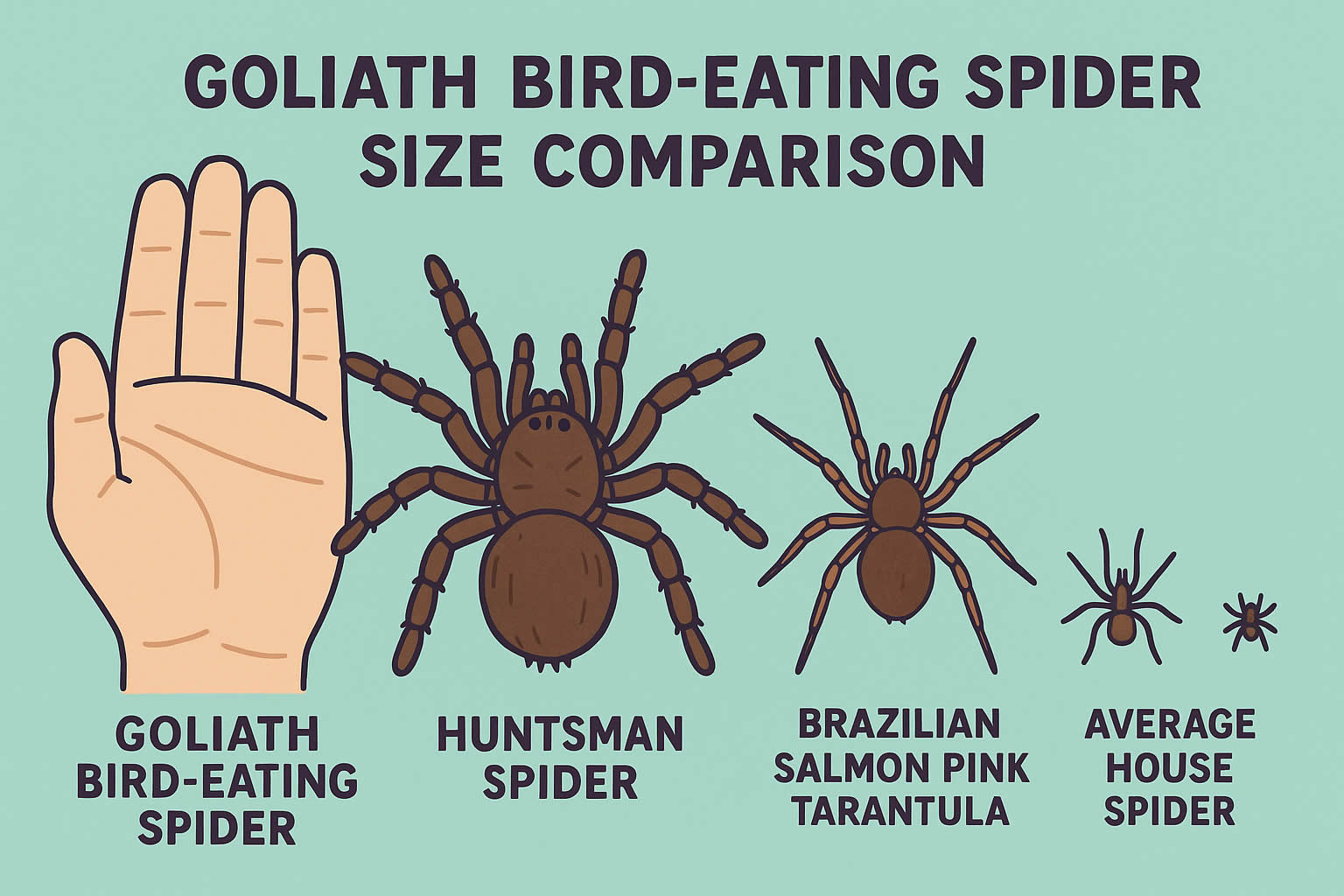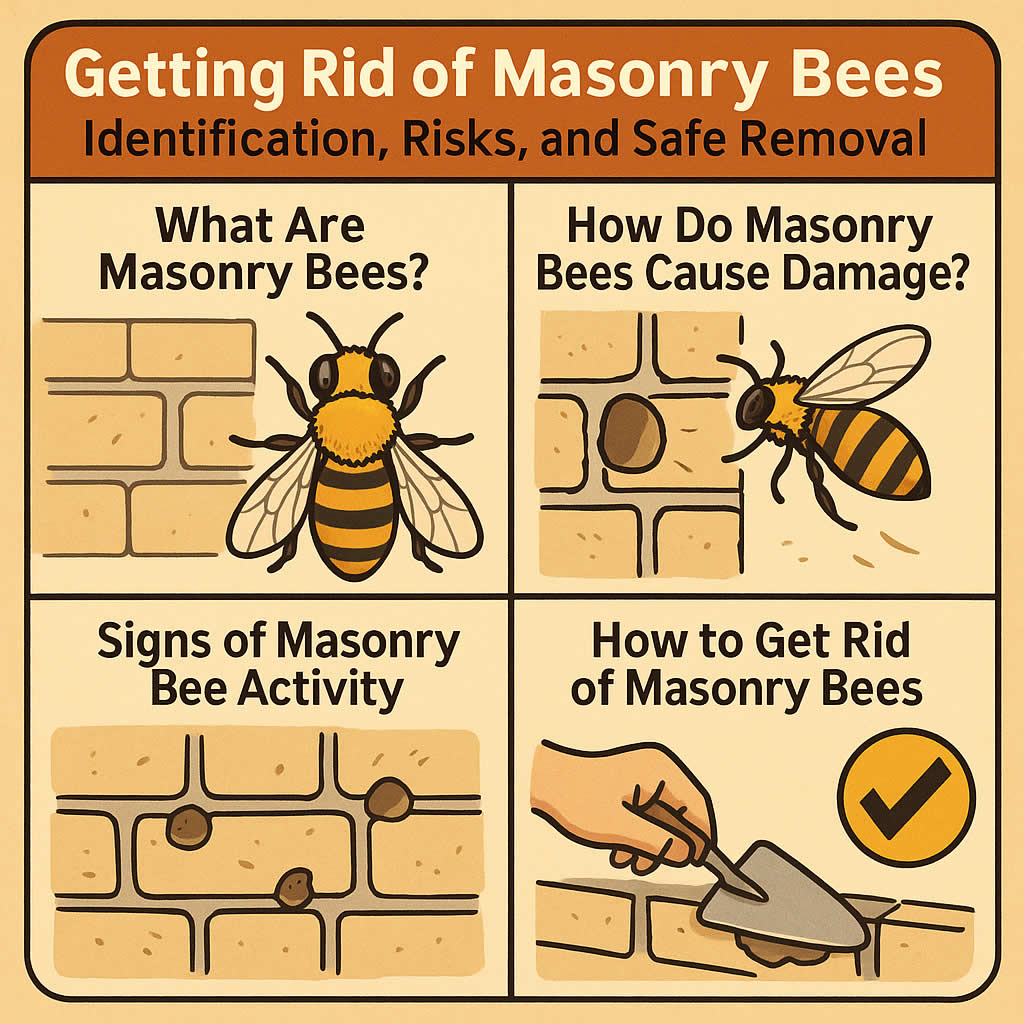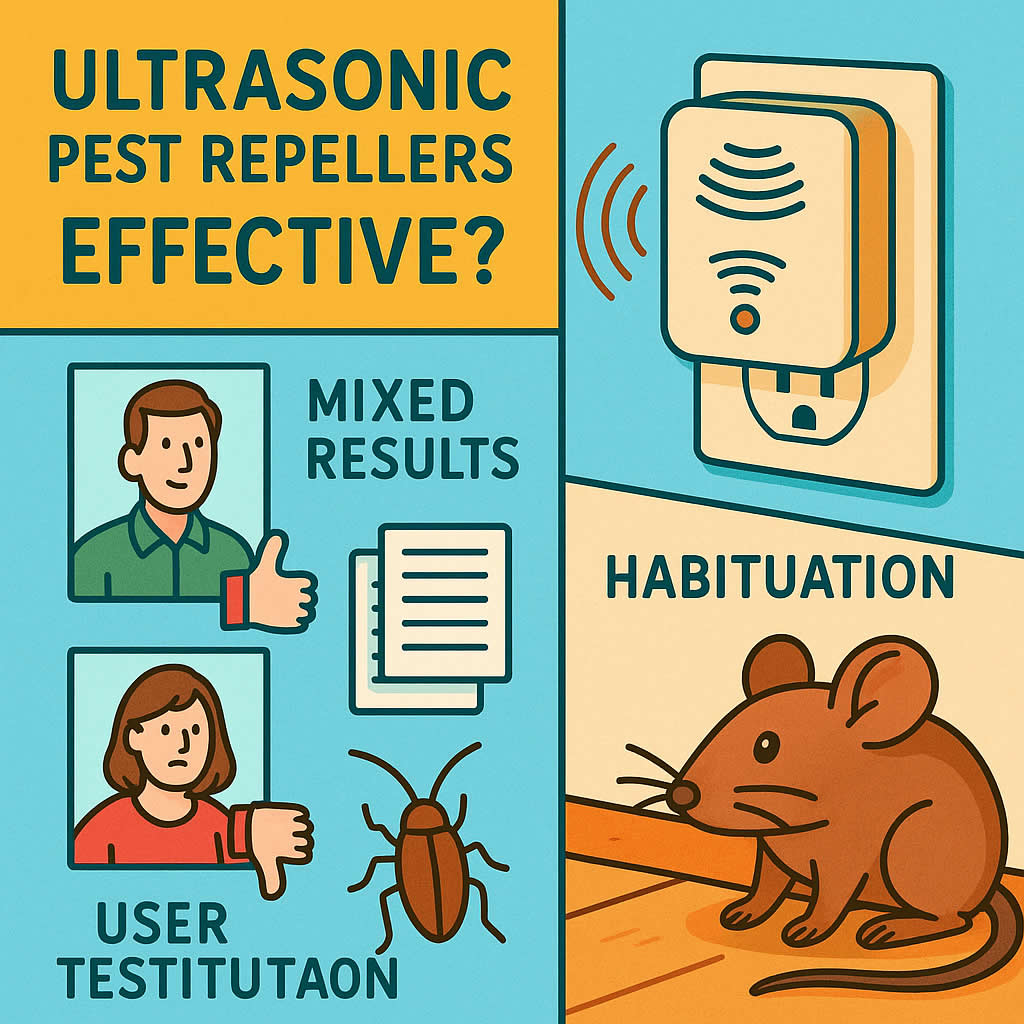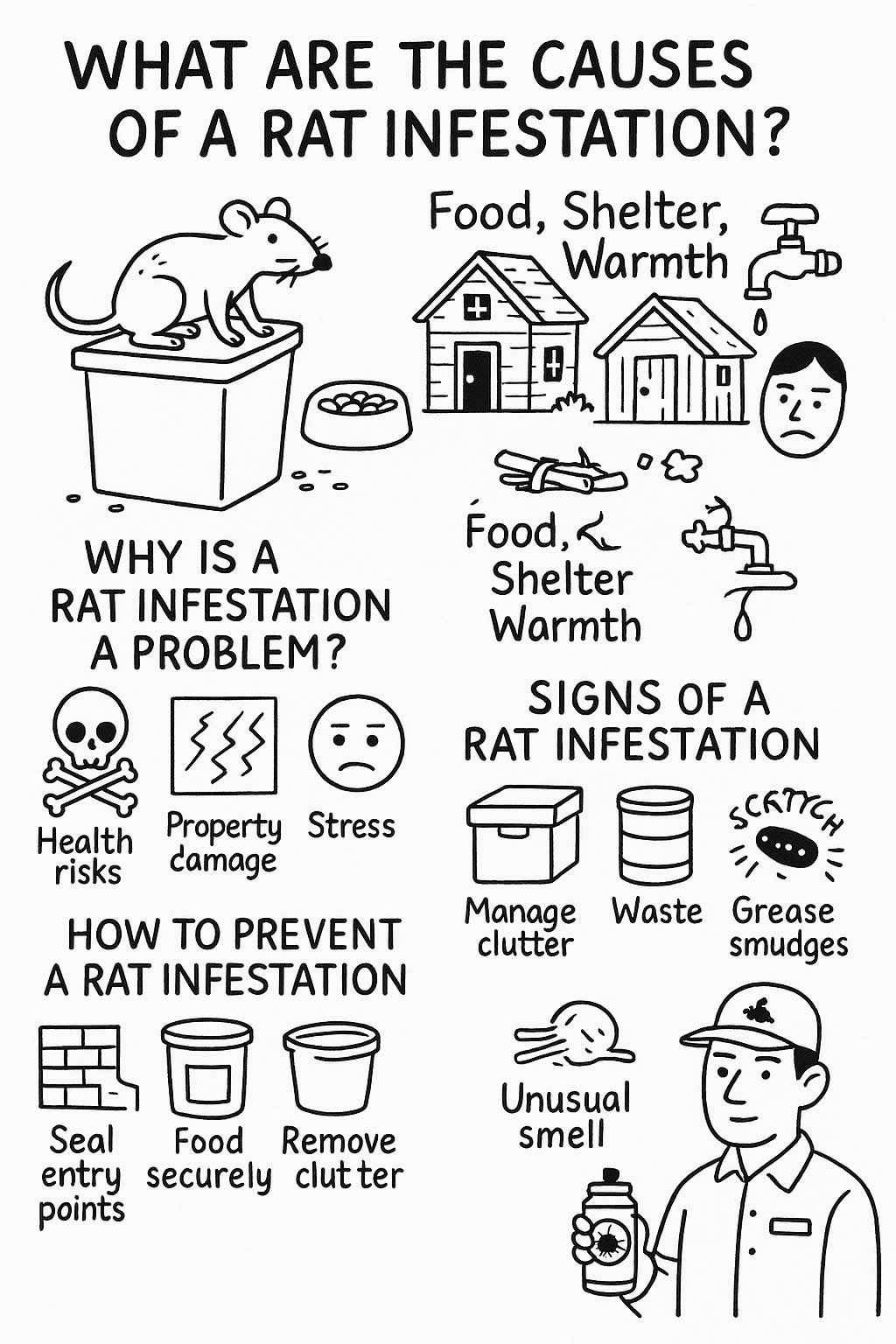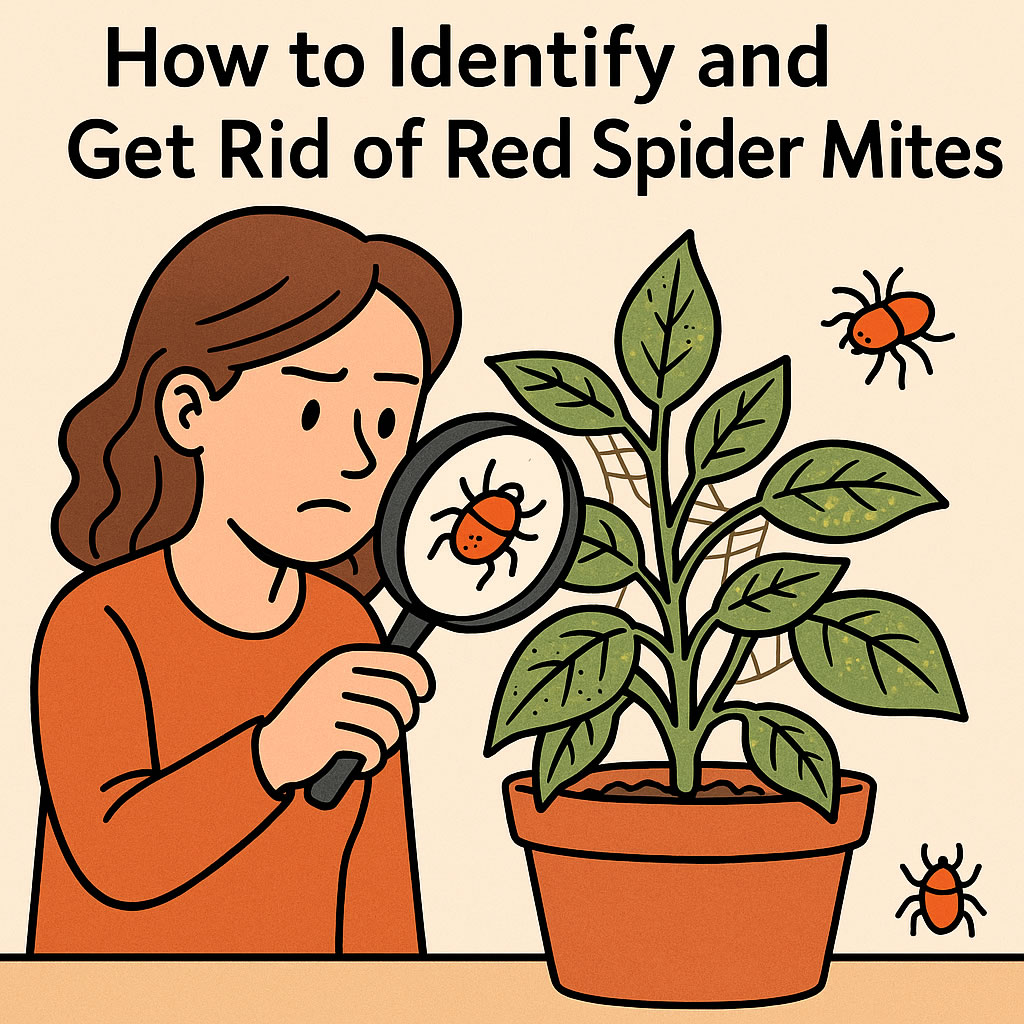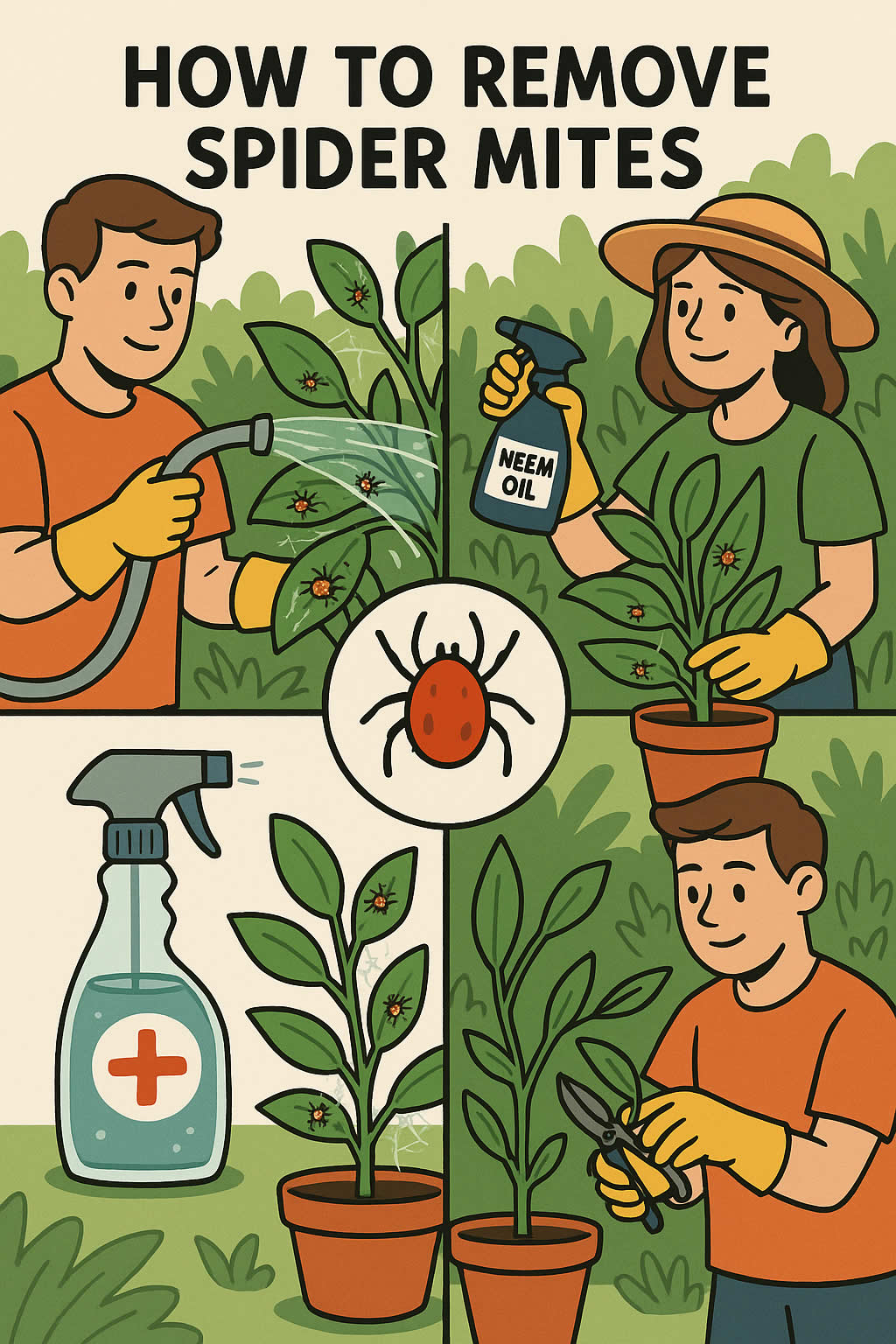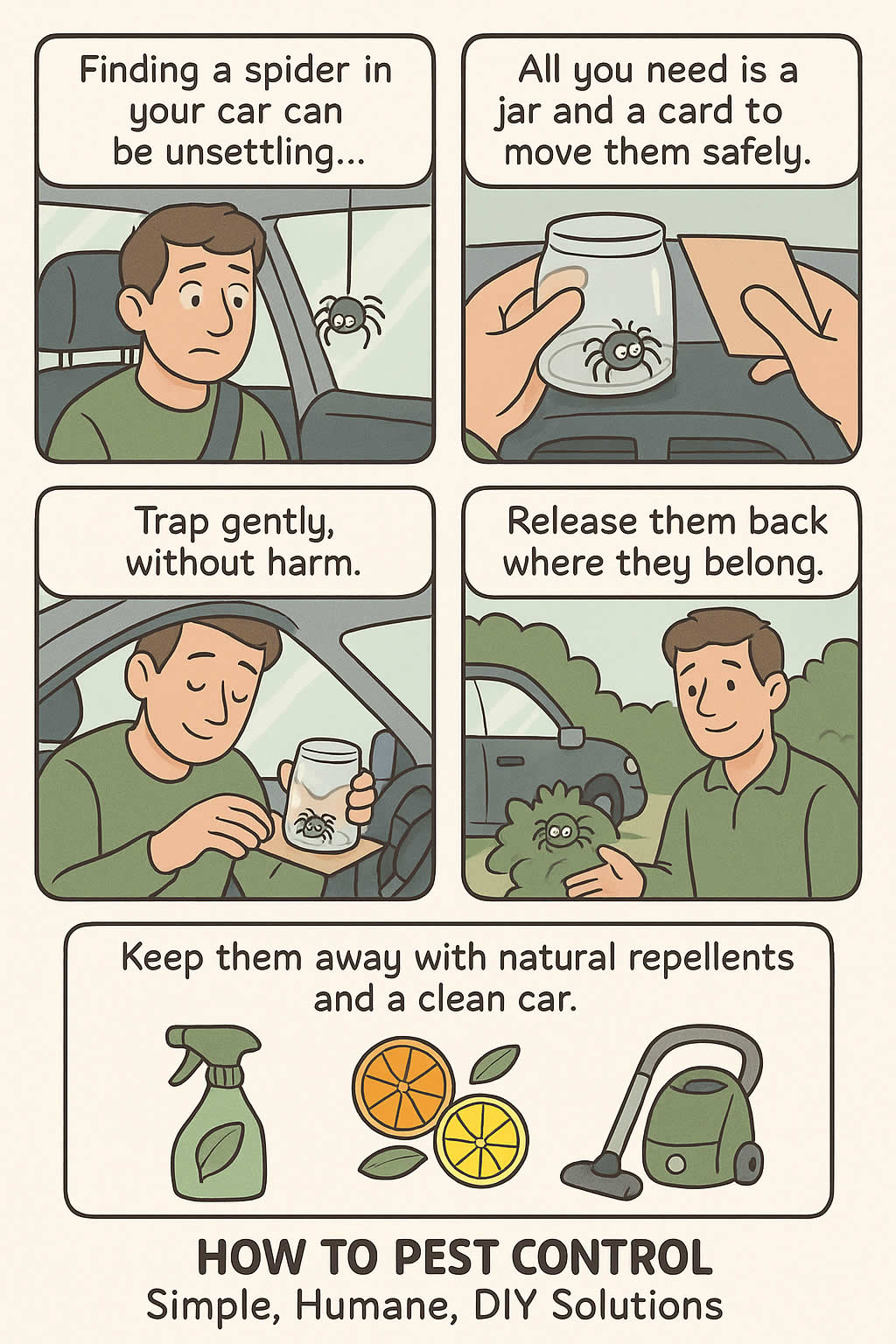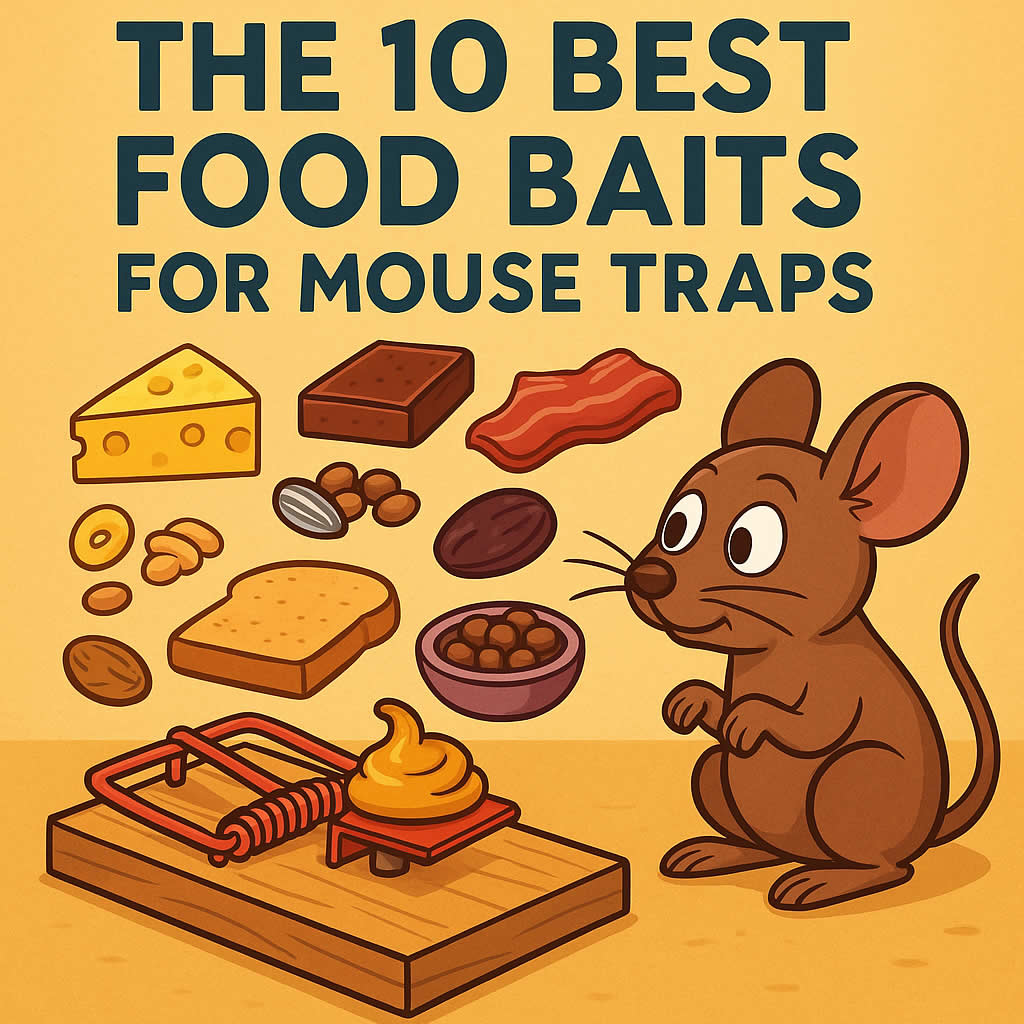Related Queries
ToggleFinding bed bug bites on your baby’s skin can be incredibly upsetting. You want them to sleep peacefully, feel comfortable, and wake up happy — not itchy and distressed. So when you spot tiny red marks, you start worrying immediately: Where did they come from? Are they dangerous? And how can I make this better — fast?
This guide is here to walk you through what those bites might look like, how to tell if bed bugs are the cause, and what you can do to soothe your baby’s skin safely. It’s also going to help you take steps to prevent the bites from happening again.
If you’re feeling overwhelmed or unsure what to do first, that’s completely normal. You’re not alone — and with the right approach, you can deal with this calmly, quickly, and confidently.
What do bed bug bites look like on babies?
On babies, bed bug bites often appear as small, red or pink bumps. They can be raised or flat and might have a darker centre. Sometimes they’re grouped together or form a small line. You’ll usually see them on areas of the skin that were exposed overnight — like the arms, legs, face, neck, or back.
Babies tend to react more strongly than adults. Their skin is thinner and more sensitive, which means even a single bite can cause swelling or redness. In some cases, the reaction can look a bit like a rash or even mild eczema — which is why it’s easy to mistake bed bug bites for something else.
If the bites seem to appear overnight, and your baby’s bedding or cot has signs of dark spots or tiny bugs around the seams, there’s a good chance bed bugs are involved.
Are bed bug bites harmful to babies?
The good news is that bed bug bites aren’t known to transmit disease. But they can still cause discomfort and distress, especially in infants who can’t explain what they’re feeling.
The main risks come from:
- Itching and skin irritation
- Scratching, which can lead to small cuts
- Secondary infections, if bacteria get into broken skin
- Sleep disruption, for both you and your baby
- Anxiety or stress, especially if you’re dealing with bites repeatedly
If your baby scratches or rubs at the bites often, the area can become more inflamed, and the skin may break. That’s when you need to be extra careful with cleaning and monitoring for signs of infection.
In rare cases, some babies might have a mild allergic reaction, with extra swelling or hives. If anything looks unusual or if the redness spreads quickly, it’s always worth checking with your GP or health visitor.
How to soothe your baby’s skin safely
When treating bed bug bites on a baby, gentle care is key. Their skin is delicate, and many adult products are too harsh or not suitable for infant use.
Start by cleaning the area with lukewarm water and a soft cloth. You can use a mild, fragrance-free baby soap if needed. This helps remove any dirt or sweat that could irritate the skin further.
After that, pat the area dry — don’t rub.
You can then apply a baby-safe, soothing cream. Look for ones that are:
- Fragrance-free
- Hypoallergenic
- Designed for sensitive or eczema-prone skin
Examples include calamine lotion (in small amounts), aloe vera gel (pure, without additives), or emollient creams like Epaderm or Doublebase. If you’re using anything for the first time, test it on a small area first to check for any reaction.
If your baby is very itchy or uncomfortable, speak to your pharmacist or GP. They might recommend a baby-safe antihistamine or a medicated cream — but don’t use adult creams unless you’ve been told it’s safe.
Avoid using menthol-based products, tea tree oil, or anything too strong, as these can sting or cause irritation.
How long do the bites take to heal?
Most bed bug bites on babies will start to fade within a few days. The redness and swelling usually settle first, followed by the bump itself. In some cases, you might notice a small dark spot where the bite was — this is normal and should fade over time.
If your baby keeps scratching or if the bites get infected, they can take longer to heal and might leave small marks. That’s why it’s important to keep your baby’s nails short and use mittens if needed while the bites are still fresh.
Try to dress your baby in soft, breathable fabrics and avoid anything tight or scratchy that could rub against the bites.
How to know for sure it’s bed bugs
It’s not always easy to tell. Baby skin can react to all sorts of things — heat rash, mosquito bites, eczema, or even an allergic reaction to laundry detergent. So how do you know it’s bed bugs?
Here are a few clues that point in that direction:
- The bites appear overnight, after sleeping
- They’re clustered in lines or groups
- The bites are on skin that’s not covered by clothing
- You find dark spots (faeces), tiny white eggs, or shed skins around the mattress or cot
- You see a live bug (they’re flat, reddish-brown, and about 4–7mm long)
If you’re not sure, check the cot, mattress, bedding, and surrounding furniture carefully. Use a torch to look at seams, joints, and corners. You can also place double-sided tape around the bed legs or use a bed bug monitoring trap to confirm activity.
If you suspect bed bugs but can’t find proof, it’s worth calling a pest control expert for a proper inspection.
What not to do
When your baby has been bitten, it’s tempting to go into full cleaning mode — but some actions can do more harm than good.
Avoid:
- Using adult medicated creams unless approved by a doctor
- Applying strong essential oils — many are not safe for babies
- Overheating the room — high temperatures don’t treat the skin and can make your baby uncomfortable
- Panic cleaning without checking first — some products may not be safe for nurseries or baby furniture
Focus on soothing the skin first, then tackle the potential source calmly and carefully.
How to stop the bites from coming back
It’s one thing to treat your baby’s skin, but if the bugs are still there, the bites will keep happening. Here’s what you can do to stop them from coming back.
Clean and isolate the sleeping area
Start by stripping the cot or bed completely. Wash all bedding — including sheets, blankets, pillowcases, mattress covers, and soft toys — on a hot wash (60°C or higher). Tumble dry on high heat where possible.
Vacuum the cot base, mattress seams, and surrounding floor. Use the hose to reach corners, skirting boards, and under furniture. Empty the vacuum straight into an outdoor bin afterwards.
Wipe down the cot frame with warm soapy water and dry it thoroughly.
If you can, move the cot slightly away from the wall and check for gaps in skirting boards or floorboards nearby. Bed bugs often hide just outside the sleeping area and crawl in at night.
Use protective covers
Mattress protectors or bed bug-proof covers can make a huge difference. They trap bugs inside so they can’t feed, and stop new ones from hiding in the fabric.
Choose a cover that’s specifically designed for bed bug prevention — it should zip fully around the mattress and be tightly sealed.
Do the same for any pillows, if your baby uses them, and replace or seal foam pads used in changing mats or prams if they’ve been exposed.
Monitor the situation
Once you’ve cleaned everything, you’ll want to keep an eye out for any signs. Check your baby’s skin each morning for new marks, and inspect the cot and bedding every few days.
If you find more bites or signs of activity, it’s time to bring in professional pest control. Make sure you let them know there’s a baby in the home, as this will affect which products and treatments are suitable.
Most professional treatments are safe once dry, but some may require you to leave the room or home for a few hours.
When to call a doctor
Most baby bed bug bites heal on their own. But call your GP or health visitor if:
- The bites look infected (red, hot, swollen, or oozing)
- Your baby develops a fever or seems unwell
- The swelling spreads beyond the bite area
- Your baby is scratching constantly or seems in pain
- The bites don’t improve after a week
It’s always best to get medical advice if you’re unsure, especially with a baby under 12 months.
FAQs
Can a baby be allergic to bed bug bites?
Yes, some babies may have mild allergic reactions, like swelling or hives. Severe reactions are rare but should be checked by a GP.
How do I tell if it’s bed bug bites or a rash?
Bed bug bites usually appear in lines or clusters, not all over the body. They’re also more likely to show up on exposed skin, while rashes can be more widespread.
Are baby monitors or soft toys affected by bed bugs?
They can be. Bed bugs may hide in soft toys, padding, or fabric covers — especially if they’re left in or near the cot. Wash or isolate anything that’s soft and can’t be checked easily.
Can you treat bed bugs without harming the baby?
Yes, but you’ll need to be careful with products. Steam cleaning, heat treatment, vacuuming, and encasement covers are safe options. Always check labels or get professional advice.
Is it safe to let a baby sleep in a treated room?
After professional treatment, wait until the area is fully dry and ventilated before returning your baby to the room. Always follow the pest control advice for re-entry times.
Our Final Thoughts!
Treating bed bug bites on babies is about two things: soothing the skin quickly and getting rid of the cause. While the bed bug bites themselves aren’t dangerous, they can be very uncomfortable and distressing for both you and your little one.
Gentle cleaning, safe creams, and regular monitoring will help heal the skin. And with a careful inspection and proper cleaning routine, you can stop the bugs from biting again.
If the bites continue, or if you’re unsure about anything you’ve found, don’t wait — professional help is there when you need it.
Pest Control Lower Woodside – Pest Control Maulden – Pest Control Upper Shelton
